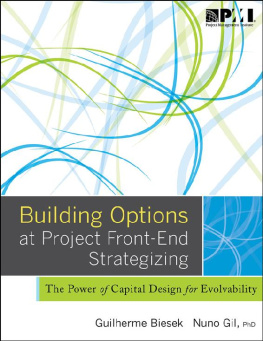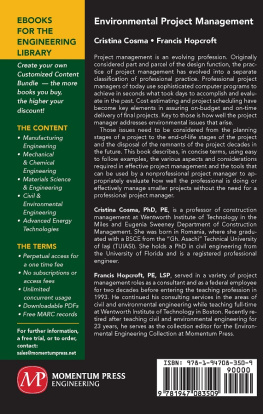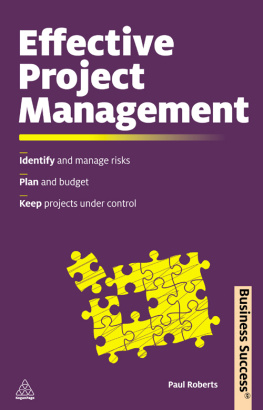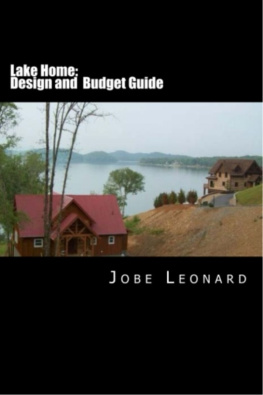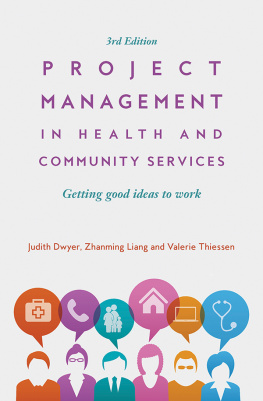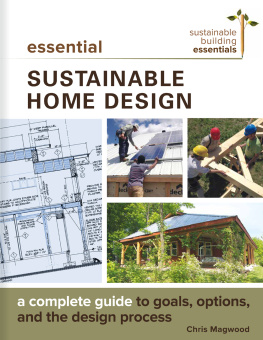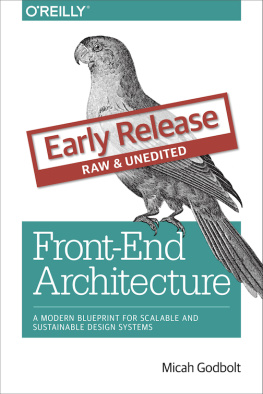T his manuscript consolidates research carried on between September 2009 and December 2012 as part of the doctoral studies of Guilherme Biesek at the Manchester Business School (MBS) under the supervision of Professor Nuno Gil. This research was sponsored by a 2 1\2-year external research grant awarded by the Project Management Institute in 2009 (recipient Nuno Gil) and a 3-year MBS PhD bursary (recipient Guilherme Biesek). Its industrial sponsor was Network Rail, the private company but limited by a public guarantee that owns and operates Britain's railway infrastructure.
APPENDIX A
Interview protocol
Core research questions for one-on-one interviews
I. Introduction: Professional activities in the company/organization
1. Job role?
2. Company vision and interests
3. Company background
4. Knowledge about railways projects
5. Capital projects involved?
6. Participation in meetings with NR
II. Background Exploration: Understanding and involvement of the project
7. Importance of the project to the company
8. Financial contribution to the project
9. Similar project executed previously
10. Interdependence with other projects
11. Bargain power
III. On specific projects
12. Characterize uncertainty in project requirements
13. Characterize flexibility in design architecture
14. Characterize project delivery and operational lifecycle timescales
15. Characterize options built into design definition
IV. Focused Exploration: Requirements
16. Importance of future requirements
17. Does the project design cope with future requirements?
18. How are future requirements negotiated?
19. Who pays for those requirements?
APPENDIX B
Questionnaire to Assess Overall Satisfaction with the Front-end Strategizing Process
In the next set of questions you are presented with a number of statements. Please indicate your level of agreement with each statement (1 = strongly agree, 7 = strongly disagree).
| System Usefulness |
01 - Overall, I am satisfied with how easy it was to front-end strategize the project. |
02 - It was simple to do the project front-end strategizing. |
03 - I could effectively complete the project front-end strategizing. |
04 - I was able to complete the tasks and scenarios quickly. |
05 - I was able to efficiently complete the tasks and scenarios. |
06 - I felt comfortable with the project front-end strategizing process. |
07 - It was easy to learn how to project front-end strategize. |
08 - I believe I could NOT become more productive in project front-end strategizing. |
| Information Quality |
09 - The information received as part of the institutional support clearly helped us to fix problems. |
10 - Whenever there were disagreements among participants, the information received helped to overcome them easily and quickly. |
11 - The information received as part of the institutional support was adequate. |
12 - It was easy to leverage the information received as part of the institutional support. |
13 - The information received as part of the institutional support was easy to understand. |
14 - The information received as part of the institutional support was effective in helping us complete the tasks and scenarios. |
15 - The institutional support was well structured. |
| Interface Quality |
16 - The institutional support was easy to access. |
17 - I liked undertaking this project front-end strategizing with the level of institutional support that was provided. |
18 - The institutional support provided had all the qualities that I expect it to have. |
19 - Overall, I am satisfied with the institutional support that was provided. |
Please add any other comments you may have regarding this exercise
APPENDIX C
Instructor's Guide
The front-end strategizing exercise consists of a lab-based simulation of the fuzzy front-end strategizing process for a real-world project, the redevelopment of Network Rail (NR)'s Salford Crescent Railway Station. The exercise is designed to be undertaken with graduate-standing students enrolled in engineering and management programs. Its aim is to make students aware of the multistakeholder nature of the front-end strategizing process for a new infrastructure development (capital) project. The exercise creates an opportunity for students to experience a major challenge invariably facing multistakeholder teams at the project onset: reach a multilateral agreement on a design concept that can cope with foreseeable evolution in design requirements over the project and operating life. This requires the stakeholders to collectively balance affordability constraints with capital investments needed to future-proof the asset (i.e., investments to design in provisions to build flexibility in the asset definition). Getting this balance right is not straightforward for a number of reasons. First, stakeholders have different priorities, capabilities, and planning horizons; second, front-end strategizing talks are inexorably intertwined with negotiations on how to distribute the costs of the capital investments; and third, some stakeholders may not be in a position to contribute to fund a concept that meets their needs, but they may nonetheless find themselves legitimately entitled to make particular demands.
To play the exercise, the instructor needs to assemble teams of six participants, each one randomly assigned to play the role of a different stakeholder (see roles in , should not take students more than 5 minutes.
| Role | Main Objectives for Project Front-End Strategizing | Ancillary Information |
| NR Project Manager | - Deliver the project on time and within the budget;
- Ensure concept meets the DfT High Level Output Specification
- Ensure concept fits with the National Stations Improvement Program (NISP) policy
| NR Route Utilization Strategy for the North West |
| NR Project Engineer | - Ensure concept meets the technical standards and regulations
- Ensure concept enables to deliver to budget and within the timescale
| NR Route Utilization Strategy for the North West |
| NR Commercial Sponsor | Ensure concept meets the external stakeholders interests, particularly those of the franchised station operator without compromising the NR commercial interests | NR Route Utilization Strategy for the North West |
| University | - Ensure the concept is aligned with the university's master plan
- Ensure the concept guarantees ease of access to the campus
- Ensure the concept encourages people to commute sustainably
| University campus master plan |
| Regeneration Agency | Ensure the concept produces an aesthetically pleasant station building (landmark building) to support the local socio-economic development | Vision and Regeneration Local Framework |
| Station Operator | Ensure that the concept guarantees short-term revenue protection, while improving the reliability and friendliness of the train services and station | Station operator response to the NR Route Utilization Strategy for the North West |

